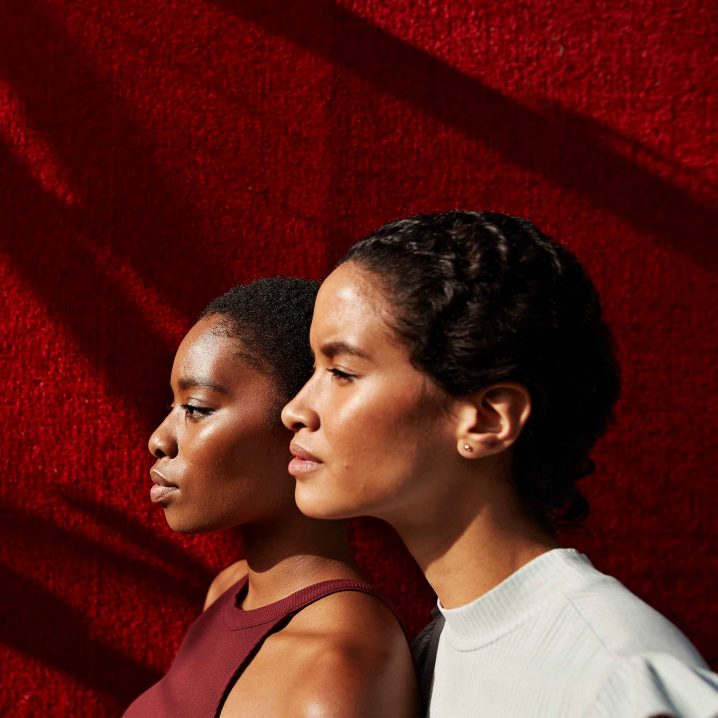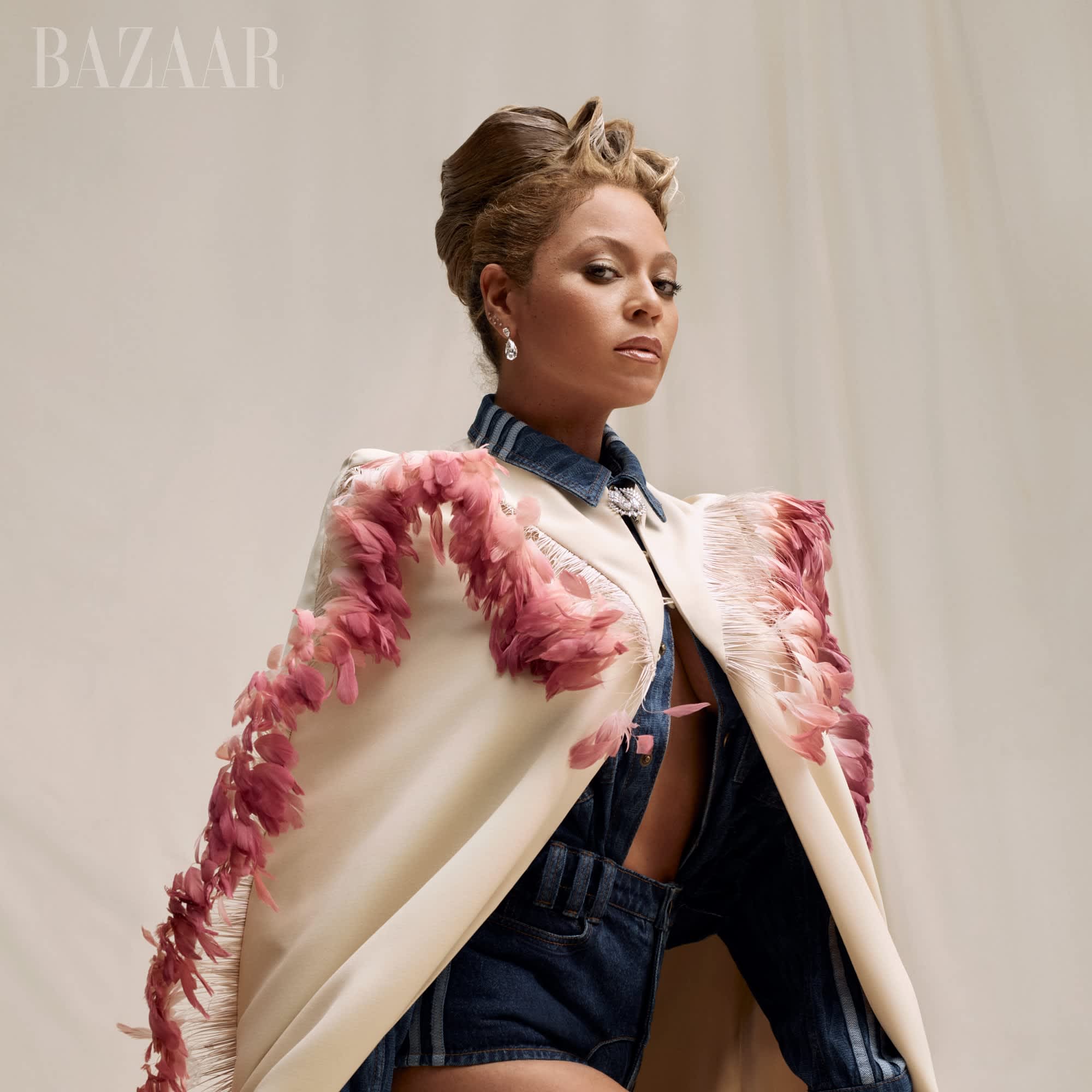
- POPSUGAR Australia
- Living
- Why Feminism in Australia Continues to Fail Women of Colour
Why Feminism in Australia Continues to Fail Women of Colour

When Black Lives Matter took hold of the world last year, all I could see at night was Kalief Browder’s face. A young Black boy from my former hometown of New York City was sent off to Rikers Island, one of the worse prisons in the country, for allegedly stealing a backpack. Black people were hurting, and, though I had moved back home to Australia, I felt the pain.
I turned to Instagram, where I had set up a page to celebrate Australian women of colour. Coming back to Australia after 20 years, I once again found myself in a country that only catered to white people. How would I survive here? I used Instagram to call out the racism in the fashion and beauty industries, channelling the anger of that little girl who was told decades ago that her Brownness would never be good enough here.
While I garnered lots of support on Instagram, I started to notice something about the so-called allyship from white women in Australia. Frankly, that there was none, especially for an outspoken woman of colour. From the very moment I threatened the establishment and its position in the system, I was met with backlash and defensiveness from white women.
It was surprising to me that the very same Australian white women who had ‘othered’ me my entire life were now claiming I was making a racial attack when I called them ‘white’. They had managed to strategically remove themselves from their whiteness at the very moment they were asked to use their privilege for someone other than themselves. Some of them would explain to me they had a grandparent that was a person of colour or that they were from an immigrant family in Europe, while others would claim that racism is an American problem, and it was ‘far better’ in Australia.
By denying their whiteness, it has afforded Australian white women a pass to being the perpetrators of racism. All their lives, they were taught that they were the sole victims of the patriarchy and the only ones that mattered. In fact, white feminism was set up this way (more on that in second). Now, suddenly, the world was telling white women that much like white men they too were, in fact, oppressors. I almost felt sorry for them until I realised that white women have intentionally held onto this position of power over women of colour for centuries.
This realisation came when I picked up Ruby Hamad’s book White Tears/Brown Scars: How White Feminism Betrays Women of Colour (2020). Beautifully written by a Lebanese-Australian author and journalist, it’s an explosive look into white feminism and racism and a real starting point to my unlearning journey. Anti-racism activist Ibram X. Kendi called the book, “powerful and provocative.”
Hamad would later tell me about how the book was criticised in Australia upon its release, meanwhile US and UK audiences lapped it up. I was not surprised. The historical references provided context around my own experiences of being labelled a ‘bully’ and ‘aggressive’, particularly in relation to Australia’s own brand of white feminism. Hamad writes, ‘Even before we speak, women of colour are already silently positioned as potential aggressors.’
Now, there are some people who will say we’ve passed all that. Feminism was very much exclusive for white women, but it has morphed into a movement for all women. That is certainly true. Part of this is thanks to Kimberlé Crenshaw’s brilliant work around intersectionality and a system of oppression that describes how people can be disadvantaged by multiple sources of oppression: their race, class, gender identity, and other identity markers. For example, a Black woman can be oppressed for both her race and gender. However, Australia has yet to grasp this.
Case in point: simply look at how this country treats gender equality (or what we call gender ‘diversity’) vs cultural diversity. We have Affirmative Action laws (aka Equal Employment Opportunity for Women) which have worked quite well for white women. Meanwhile, women of colour are being left behind with no helping hand from white women. People of colour make up only five per cent of leadership in Australia. The numbers are then even worse for women of colour. Technically, we should be benefiting twice as much from both gender and cultural diversity efforts, but as the data shows we are not reaping much from either.
In my experience, ‘Intersectional’ has become a nice word for white feminists to excuse themselves from anti-racism work. Feminism has yet to acknowledge the role white women have played in harming Black and Brown people. Known as the ‘Karen’, we have seen countless examples of this in the past year, but you can go back as far as Emmet Till to see the real damage of white women’s tears. Just yesterday, the author of The Lovely Bones, Alice Sebold, apologised to a Black man who she falsely accused of rape, destroying his life while she made millions from the story.
I have seen several Australian feminists claiming to be ‘Intersectional’, only to centre white women and whiteness. Most times women of colour are added as an afterthought for a diversity checkbox. As a South Asian woman, I am constantly horrified at the appropriation of my culture by so-called white Intersectional Feminists. If there is allyship for Brown women, much like Ruby Hamad, I have yet to see it.
This opinion piece isn’t about convincing you that feminism in Australia is broken. Many of us already know it is. This was written to hopefully reach more people with the message that we need to bridge the gap between white women and women of colour. We can do that by centring those who speak up against the status quo. If any of this makes you uncomfortable, then my advice is to lean into it. If it isn’t hard, it isn’t working.
Ashlene Nand is a marketing executive, founder of Vaycay Beauty and social activist via the Instagram page @unlearningshit, where she discusses racism in Australia’s beauty and fashion industries, along with other topics such as cultural appropriation, Australian feminism and unlearning childhood trauma.
—
References:
- https://www.sbs.com.au/nitv/article/2018/08/24/could-sharing-article-about-white-tears-be-read-hostile
- Except, where were we before? Where was I before I published that piece? Where was Lisa? Both of us – completely unknown to the other, on opposite sides of the world – trying to cope in our own ways with the consequences of attempting to assert ourselves and defend ourselves against the discrimination and erasure of systemic racism, only to be dismissed like so many women of colour before us and after us, as ‘combative’ and ‘bullies’.
- Even before we speak, women of colour are already silently positioned as potential aggressors. Look deeper into the interactions you see at work, on social media, in your social gatherings. Witness just how often a WoC who stands her ground, demands respect, or gives anything less than overwhelmingly positive feedback and affirmation to others is met with harsh rebuke and swift ostracism.
Affirmative Action laws:
- https://www.emerald.com/insight/content/doi/10.1108/09649429510084612/full/html
- https://westernsydney.org.au/generation-west-articles/2020/3/5/the-representation-of-women-of-colour-in-leadership-amp-media
- Of the 2,490 people who occupy senior positions at ASX-200 companies, 76 per cent have an Anglo-Celtic background, 19 per cent have a European background, 4.6 per cent have a non-European background and 0.4 per cent have an Indigenous background.
- https://www.ywca.org.au/news/why-are-women-underrepresented-in-leadership-positions-in-australia/


